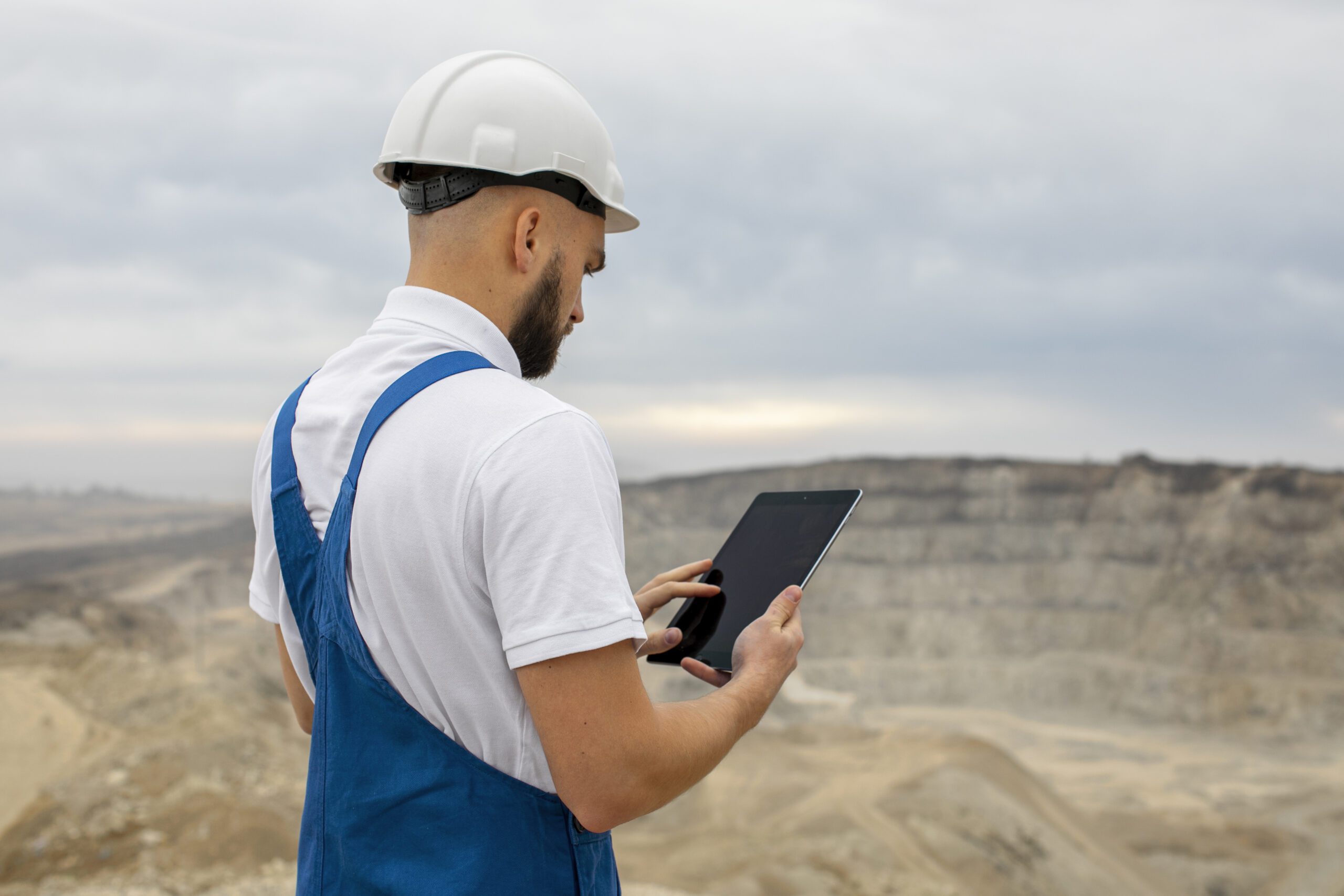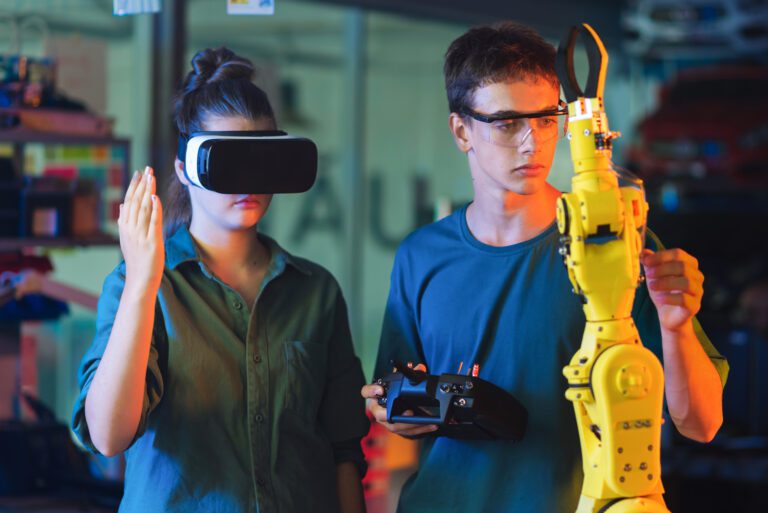Field inspections are essential to ensure quality, safety, and compliance across various industries. Traditionally, these inspections depend on manual labor, which is time-consuming and often costly. Thanks to advances in computer vision, powered by AI, the field inspections are undergoing significant changes.
What is Computer Vision?
Computer vision is a subfield of AI that enables machines to interpret and process visual data from the real world. It involves analyzing images and videos to detect objects, identify patterns, and make decisions based on visual input. With the integration of deep learning models, computer vision systems can now recognize complex visual cues, learn from vast datasets, and continuously improve their accuracy.
Revolutionizing Field Inspections
The adoption of computer vision in field inspections leads to improvements in how assessments are conducted, recorded, and analyzed.
1. Automated Defect Detection
The primary applications of computer vision are the automatic detection of defects in machinery, infrastructure, or products. For instance, in pipeline inspections, drones equipped with high-resolution cameras and computer vision algorithms can identify cracks, corrosion, or leaks without human intervention. This reduces labor costs and improves safety in hazardous environments.
2. Real-Time Monitoring
Computer vision systems can provide real-time monitoring of construction sites, manufacturing floors, or agricultural fields. Cameras placed at strategic points feed continuous footage to AI models that assess compliance with safety protocols, monitor workflow efficiency, or detect anomalies. This allows organizations to respond instantly to potential risks or issues to reduce downtime.
3. Data-Driven Reporting
With automated visual inspections, companies can generate standardized and data-rich reports faster than ever. Computer vision tools can tag specific issues in images, measure defect dimensions, timestamp occurrences, and even prioritize problems based on severity.
4. Remote Inspections
The rise of remote work has also influenced field operations. Through computer vision, organizations can conduct virtual inspections using live feeds or recorded footage from drones or mobile devices. Experts no longer need to be physically present at every site, which saves time and travel expenses while maintsaining high inspection standards.
Benefits of Automating Field Inspections with Computer Vision
- Improved Accuracy: AI models eliminate inconsistencies caused by human fatigue or subjectivity.
- Enhanced Safety: Reduces the need for human inspectors in dangerous or hard-to-reach locations.
- Operational Efficiency: Cuts inspection times and enables faster resolution of issues.
- Cost Savings: Decreases reliance on manual labor and lowers travel and rework costs.
- Scalability: Enables organizations to inspect more assets in less time.
Final Thoughts
The role of computer vision in automating field inspections is becoming an industry standard. As AI technology advances, we can anticipate significant improvements in precision, speed, and intelligence within inspection workflows. For businesses aiming to remain competitive and compliant while minimizing costs and risks, investing in computer vision solutions is advisable.





